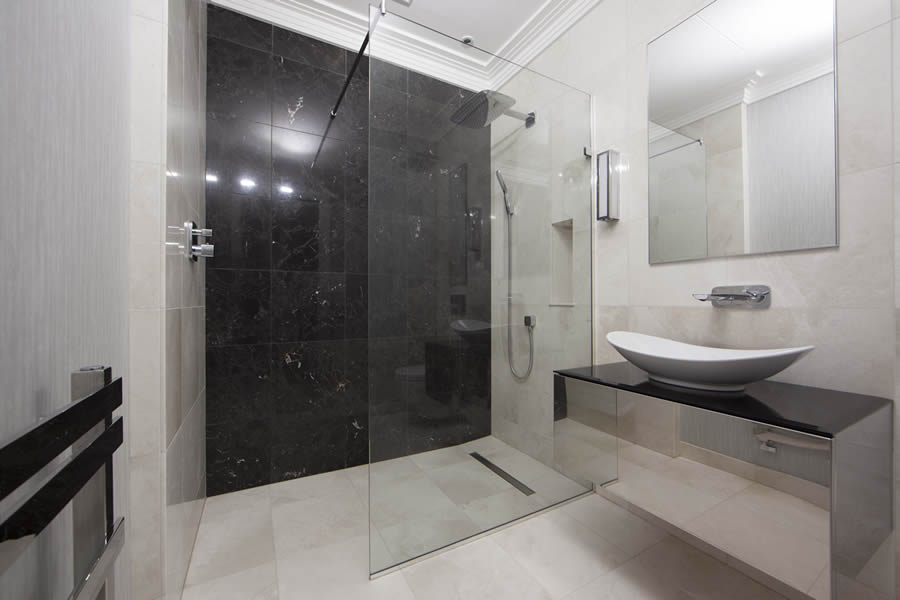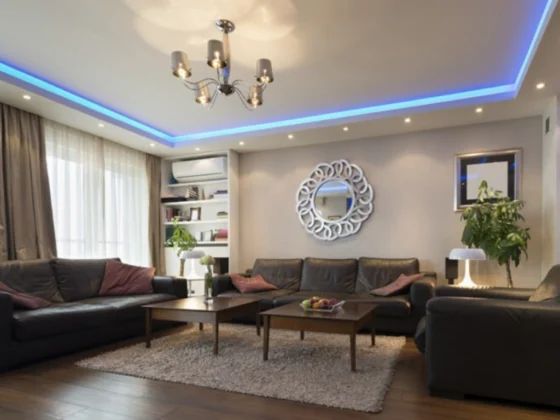As our loved ones get older, daily tasks like bathing can become increasingly difficult and dangerous. Slippery tub surfaces, difficult access over high walls, and cramped spaces put the elderly at risk for falls and injuries. However, converting an existing bathroom into an accessible wetroom provides a safe bathing solution.
Definition of a Wetroom

A wetroom is a bathroom with an open shower area that occupies most or all of the space. The floors and walls utilise waterproof membranes so water flows into floor drains rather than being confined to a tub or shower enclosure. Unlike a standard bathroom, a wetroom eliminates barriers for easy wheelchair access.
There are several major benefits of installing a wetroom for elderly family members:
Improved Safety and Accessibility
Wetrooms greatly reduce fall risks thanks to their step-free entry and textured, anti-slip flooring. Strategically placed grab bars, non-slip mats, adequate lighting, and comfortable seating also help prevent accidents. Emergency pull cords can be installed to call for help if needed.
With no raised tub rim or shower curb to navigate, wheelchairs can easily and safely enter the shower area. Some wetrooms even allow space for a caregiver to assist with bathing tasks if required.
Increased Independence
By facilitating safer, unrestricted access for ageing in place, wetrooms allow the elderly to bathe independently for longer. Features like adjustable handheld showerheads, lever handle faucets, shower seats and grab bars all make self-care easier. Independence bolsters confidence and improves quality of life .
More Spacious & Comfortable

Removing bulky fixtures like a tub frees up space to create an open, easily navigable layout. There’s ample room to manoeuvre a shower chair or wheelchair around. Heated floors, walk-in steam shower capabilities, and adjustable water temperatures make wetrooms more luxurious and therapeutic for sore joints or muscles.
Easier Access for Caregivers
Should in-home caregivers be required, wetrooms allow convenient access to assist with bathing and hygiene. Without obstacles like a tub or door track, patient transfers are safer. There’s also space for shower bench rotations or using a mobile shower chair. The open layout leaves all plumbing easily accessible for maintenance too.
Prevention of Hazards & Damage
Wetrooms contain water spray and drainage through strategically designed floors, walls and sloped towards drains. Waterproof membranes behind finishes prevent leaks from causing structural damage or mould growth in adjoining rooms. No pooling water means reduced slip hazards as well.
Lower Long Term Costs

Installing a wetroom can cost $15,000 or more. However, ageing in place is far more economical than moving into assisted living due to declining health and mobility. Wetrooms allow the elderly to remain home longer while facilitating necessary daily activities like bathing.
Higher Resale Value
Accessible, open concept wetrooms are a top remodelling trend. They appeal to all generations, from those with toddlers to retirees looking to downsize and age in place. By renovating to include a wetroom, the long-term resale value of a home increases substantially.
For elderly individuals wishing to comfortably, safely and independently age in place, installing an accessible wetroom delivers multiple benefits. Open access for mobility devices, ample space for assistance, therapeutic features, and injury prevention capabilities help improve quality of life for years to come. Converting an existing bathroom into a wetroom necessitates careful planning and design, but brings long-lasting rewards.


